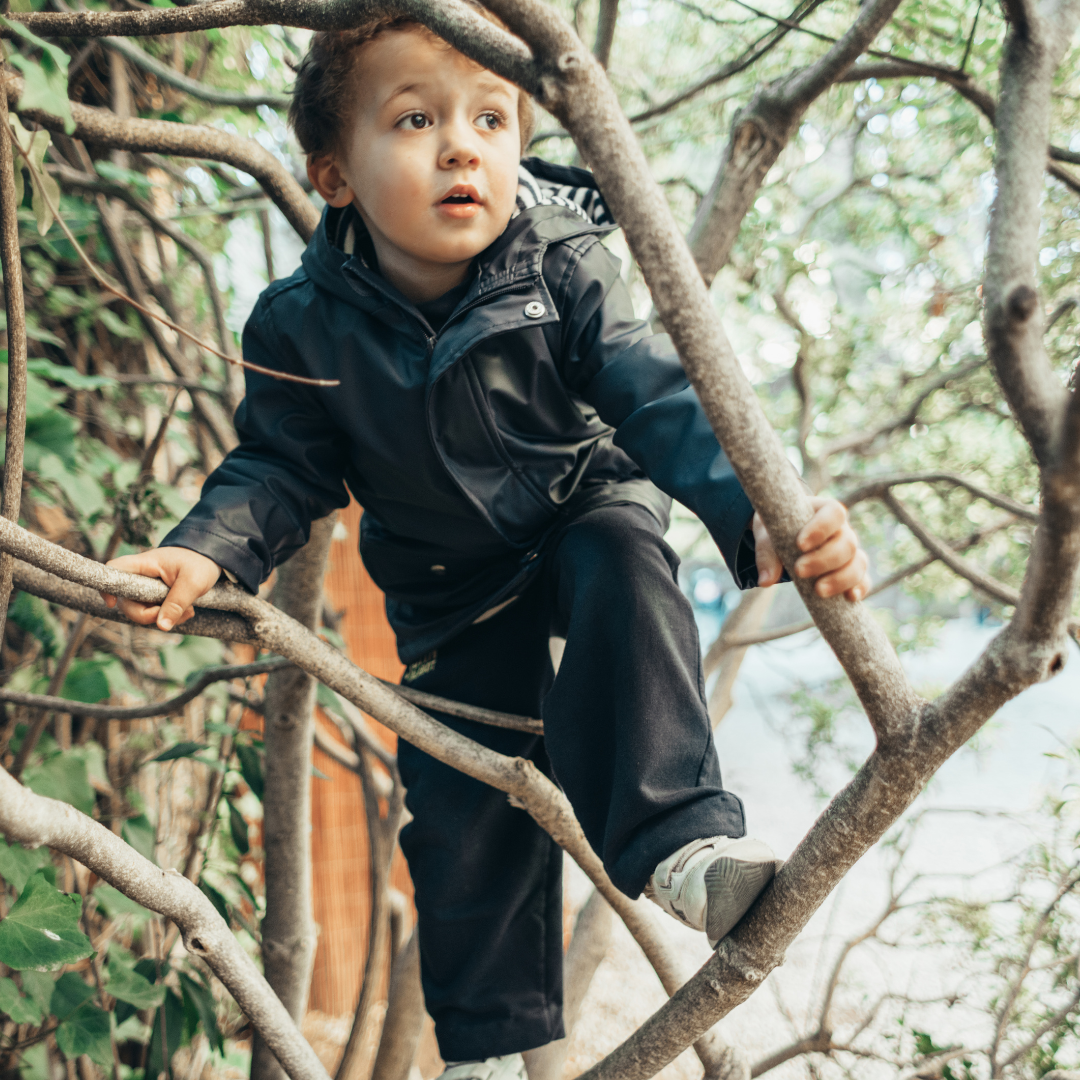Managing Risky Play
We all want the best for our children. This includes keeping them safe while they play. Falls and running into people and things are the top reasons for a child going to hospital.
We know play is how children develop and learn. Risk in play allows your child to test their limits and it challenges them to learn new skills.
So how do we get the balance right between being safe and allowing risk?
What is considered ‘risky play’?
Risky play includes:
- heights – climbing a tree
- speed – swinging, sliding, riding
- using tools – a hammer or saw
- exploring – when children feel they can disappear or get lost
- rough and tumble play – play wrestling.
Why is risky play important for my child?
Risky play is exciting and fun and is also important for your child’s development:
- They are active and this builds motor and spatial skills (an awareness of what is around them).
- It helps them learn social and emotional skills. For example, how to manage conflict or emotions such as fear or aggression.
- It builds independence, self-esteem, resilience, and a sense of achievement.
- It lets children test their limits. This helps them see and manage risks.
How can I help to keep my child safe during risky play?
You know your child best and you can assess a situation in ways that a young child can’t. Here are some ways to do this:
- Remove hazards that children can’t see for themselves. For example, broken or dangerous equipment that could cause serious injury.
- Set basic rules to help children be safe while they play. For example, how far they can explore out of your sight, to watch out for others and to wear safety glasses.
- Teach them road and water safety.
- Supervise children at play. But give them the space to be independent. It may surprise you what they can do!
- Provide guidance and support along the way. Instead of physically helping, encourage and talk your child through the risks.
For more information about risky play, see: https://raisingchildren.net.au/toddlers/videos/risk-in-play.
